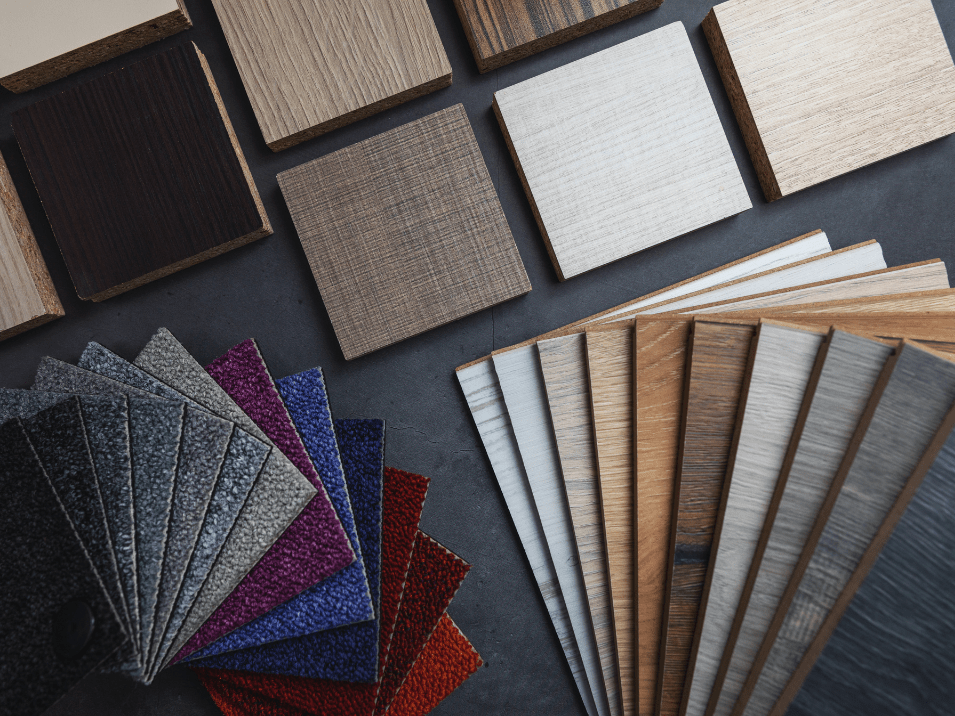The best type of flooring for underfloor heating is one that efficiently transfers heat from the underfloor system to the surface where it can warm the room. The key factor here is thermal conductivity; materials with high thermal conductivity allow the heat to pass through them more easily, making the heating system more efficient. Here are some of the most effective flooring types for underfloor heating:
Tile and Stone Flooring
Pros: Tile and stone have excellent thermal conductivity, meaning they transfer heat effectively and quickly from an underfloor heating system. This makes them ideal for ensuring the floor heats up rapidly and the warmth is distributed evenly across the room.
Cons: They can be cold underfoot when the heating is off, and their hardness may not be comfortable for all users.
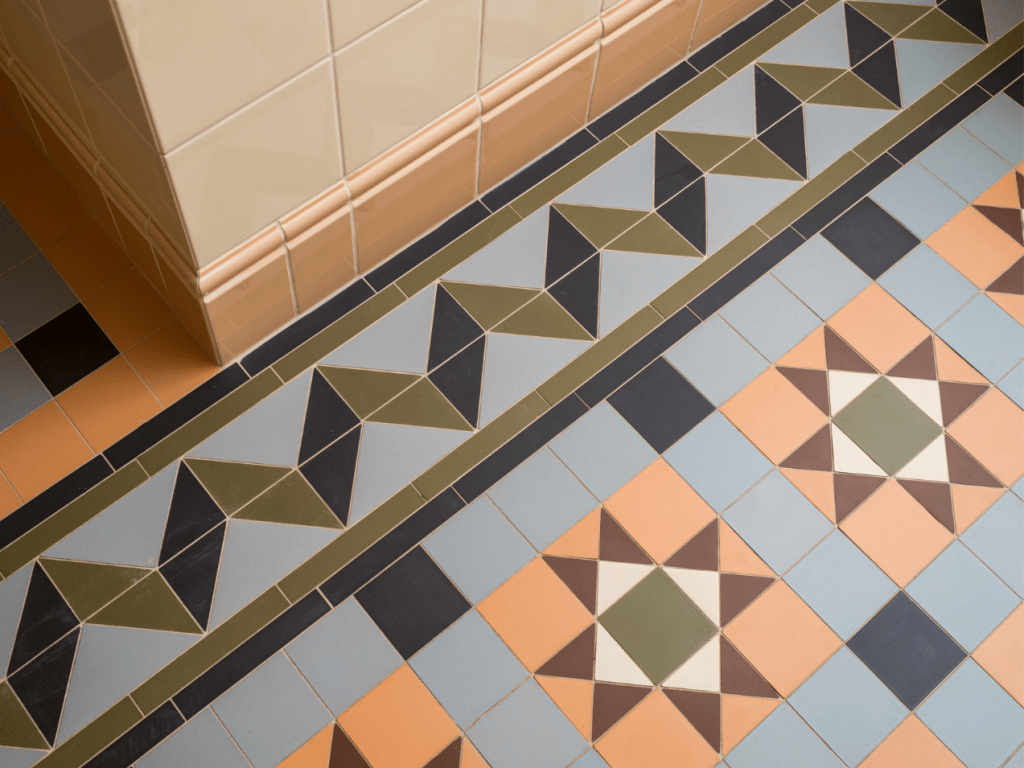
Laminate and Engineered Wood Flooring
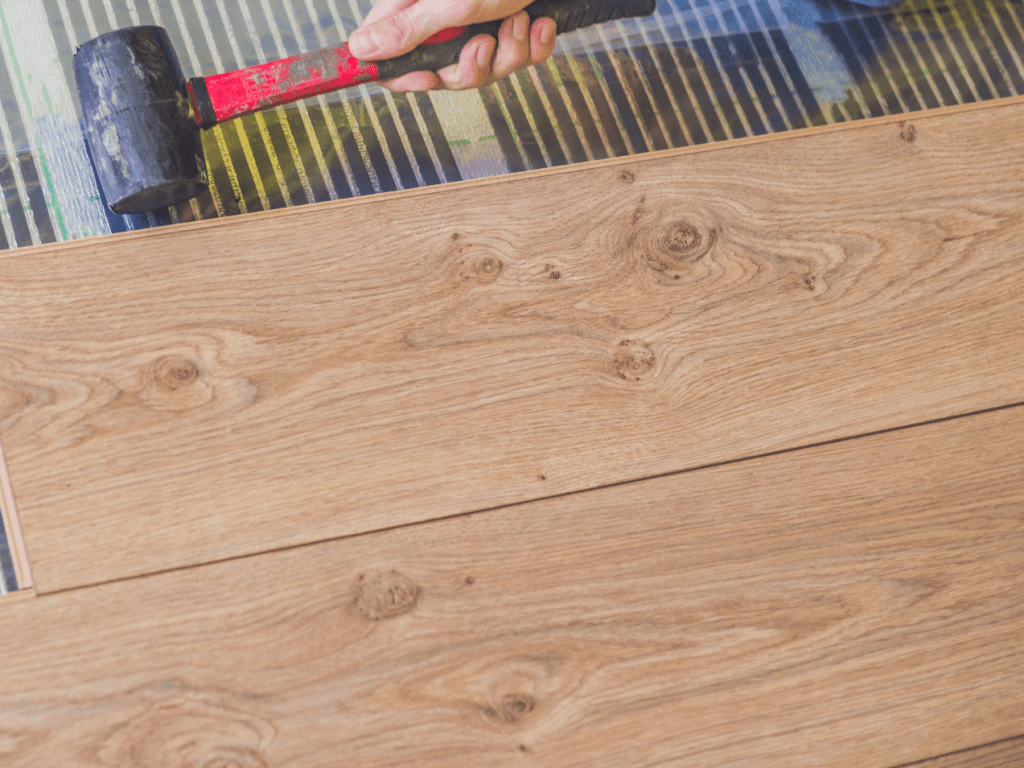
Pros: These materials can be good choices for underfloor heating as they combine reasonable thermal conductivity with the aesthetic and practical benefits of wood. They’re less prone to warping with heat compared to solid hardwood, making them more suitable for use with underfloor heating.
Cons: It’s important to choose laminates or engineered wood designed specifically to be compatible with underfloor heating, as not all products are suitable.
Vinyl Flooring
Pros: Modern luxury vinyl flooring offers good thermal conductivity and can be used effectively with underfloor heating. It’s also water-resistant and available in a wide range of designs.
Cons: Vinyl quality varies, and lower-quality vinyl flooring may not conduct heat as efficiently or could emit volatile organic compounds (VOCs).
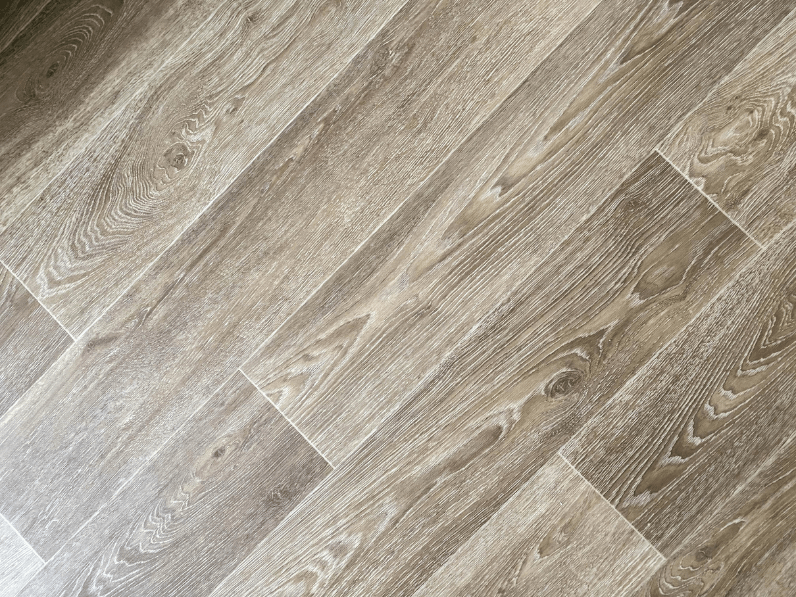
Carpet
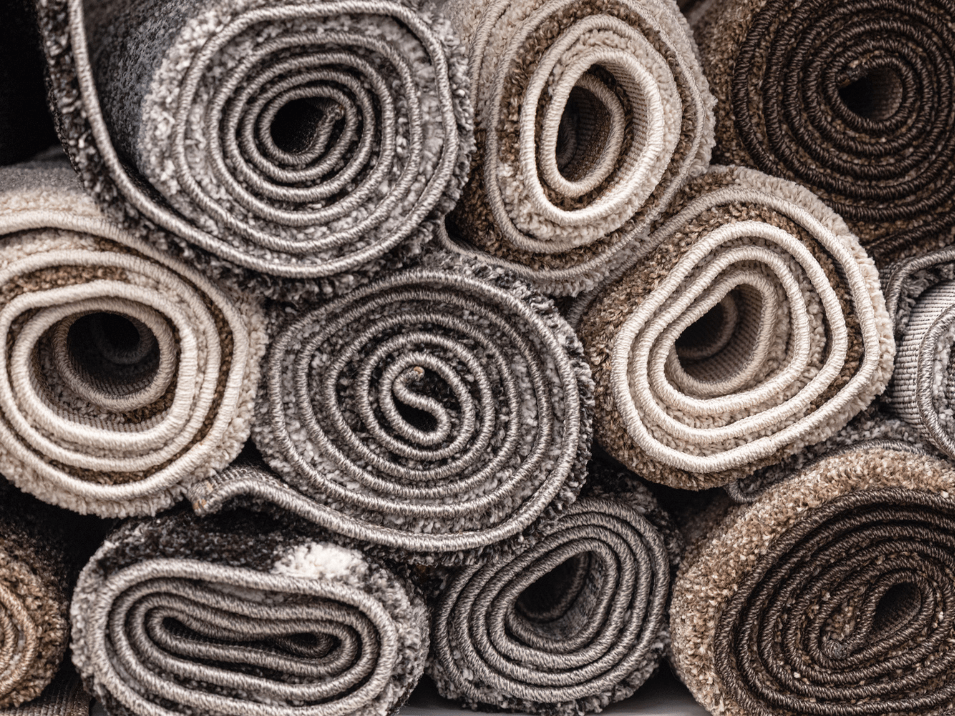
Pros: Carpet can be used with underfloor heating, but its efficiency as a floor covering depends on the tog rating. Low tog carpets allow the heat to penetrate through to the room more effectively.
Cons: High tog ratings or very thick carpets can insulate the floor too much, reducing the system’s efficiency by trapping the heat.
Considerations
Efficiency: The efficiency of underfloor heating with different flooring types can vary. Tile and stone are generally the most efficient, but your choice should also consider comfort and aesthetic preferences.
Installation and Compatibility: Ensure the flooring material is compatible with underfloor heating and that the system is correctly installed to prevent issues like uneven heating or damage to the flooring.
Energy Consumption and Costs: Consider the long-term energy consumption and costs associated with your flooring choice. More efficient heat transfer can lead to lower energy use and costs over time.
Choosing the best flooring type for underfloor heating depends on balancing factors like thermal conductivity, personal preference for comfort, the specific use case of the room, and overall cost-effectiveness. Always consult with professionals when selecting both the underfloor heating system and the flooring to ensure compatibility and optimal performance.
If you have any questions regarding underfloor heating and our supplies, don’t hesitate to contact us and our friendly team will be happy to help.
